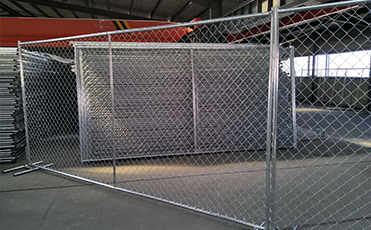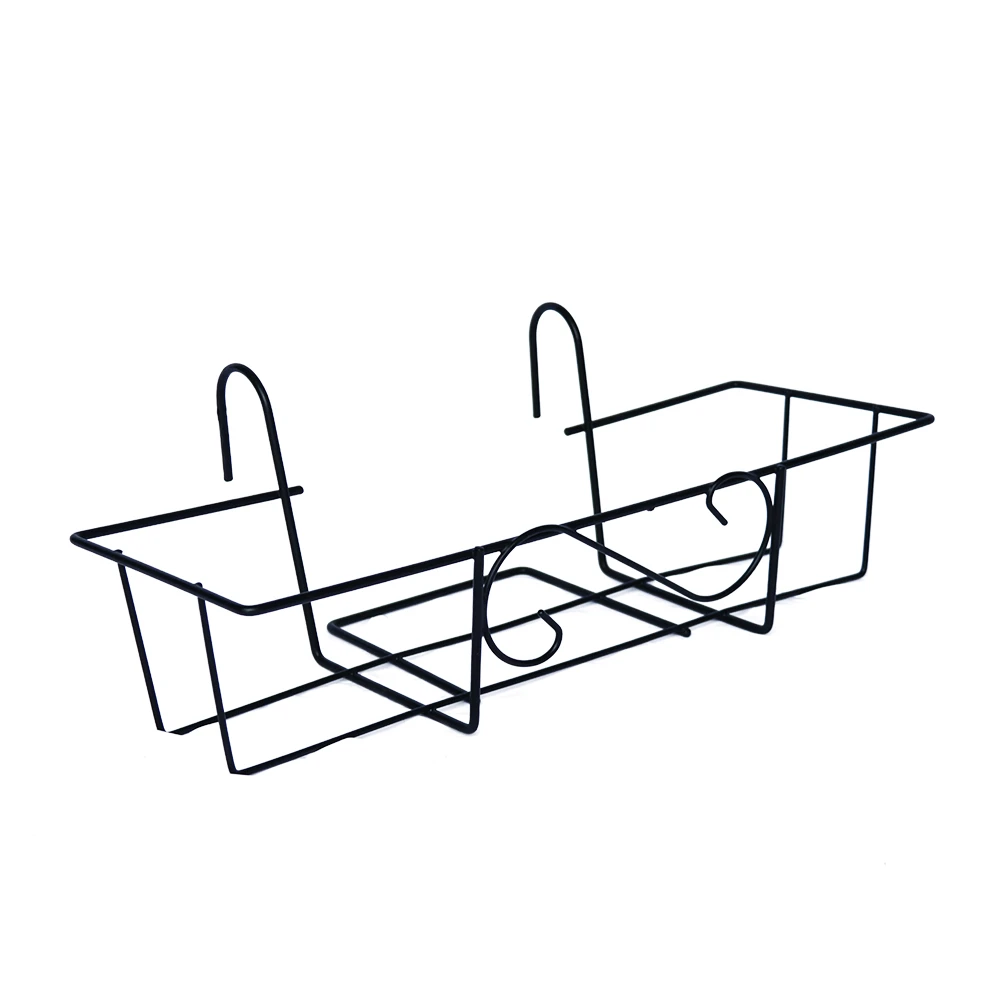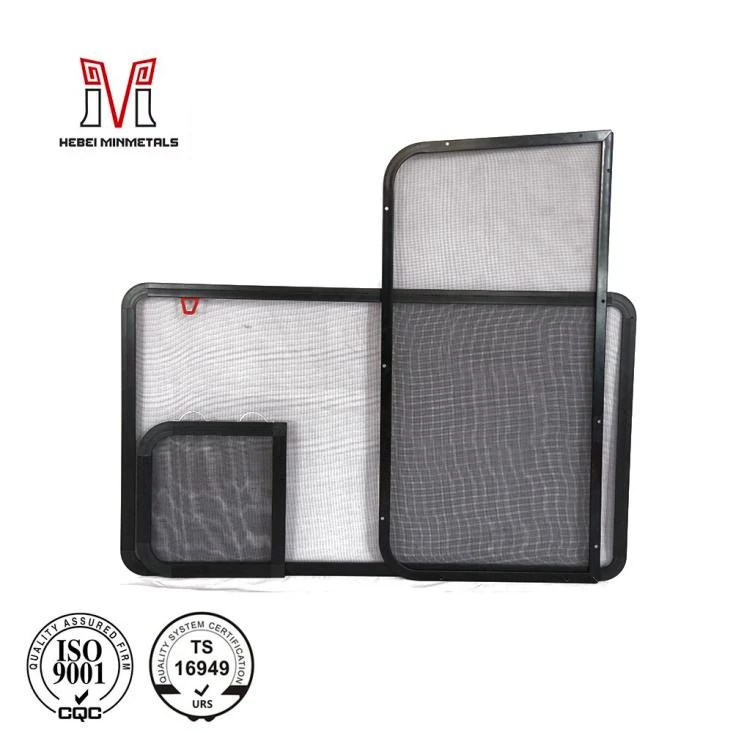Choosing the Right Nails for Roof Battens Installation and Longevity
Каст . 08, 2024 08:22
Understanding Nails for Roof Battens A Comprehensive Guide
Roof battens play a crucial role in the construction and integrity of roofs. They are horizontal strips of wood or metal that provide support for roofing materials, creating a solid framework that adheres to both aesthetic and structural standards. When installing roof battens, the choice of nails is an essential aspect that can significantly impact the durability and performance of the roof. In this article, we will explore the types of nails suitable for roof battens, the factors to consider when choosing them, and best practices for installation.
Types of Nails for Roof Battens
When selecting nails for attaching roof battens, it is important to consider the material of the battens as well as the roofing system being used. The two most common types of nails used are
1. Galvanized Nails These nails are coated with a layer of zinc to prevent rust and corrosion, making them ideal for outdoor use. Galvanized nails are especially effective for wooden battens, offering longevity even in harsh weather conditions.
2. Stainless Steel Nails For higher-end projects or areas with extreme exposure to moisture, stainless steel nails are the best option. They are highly resistant to rust and corrosion, ensuring that they do not compromise the structural integrity of roof battens over time.
Factors to Consider When Choosing Nails
When selecting nails for roof battens, several factors should be taken into account
1. Length and Diameter The length of the nail is crucial for ensuring that it penetrates deeply enough into the batten and the underlying structure without splitting the wood. A diameter that provides optimal grip without being too thick is also essential. Typically, a nail length of 2.5 to 3.5 inches is suitable for most applications.
nails for roof battens

2. Nail Type Choosing the right nail type—such as smooth shank, spiral shank, or ring shank—can influence holding power. Ring shank nails, for instance, provide superior grip due to their design, making them a popular choice for roofing applications.
3. Pullout Resistance Ensuring strong holding power is vital to prevent the battens from loosening over time. The combination of nail length, diameter, and design will affect pullout resistance, especially in windy or rainy climates.
Best Practices for Installation
To ensure the efficiency and durability of roof battens, proper installation techniques should be observed
1. Pre-Drilling In some cases, especially with hardwood battens, pre-drilling holes for nails can help avoid splitting and provide a more secure installation.
2. Spacing Maintaining consistent spacing between nails is essential. Generally, nails should be placed 12 to 16 inches apart, depending on local building codes and the roofing material used.
3. Angle and Depth Nails should be driven in at the correct angle and depth to maximize their holding power. A depth that allows the head of the nail to be slightly below the surface of the batten can prevent snagging and ensure a flat surface for roofing materials.
Conclusion
Choosing the right nails for roof battens is crucial to ensuring the overall stability and longevity of roofing systems. By considering factors such as material, nail type, and installation techniques, builders can enhance the performance of their roofs, protecting homes and buildings from the elements. Whether using galvanized or stainless steel nails, paying attention to details can make all the difference in creating a reliable, durable roof.









 Unity
Unity Creation
Creation Challenge
Challenge Contribution
Contribution










